Today, the entire history of Xiaomi smartphones is divided into two eras: before and after Mi 11 Ultra. For the first time in its history, the company presented not just "the same flagship, only cheaper than others." To the manufacturer's credit, during the entire presentation we never heard the phrase “flagship killer”, never said the word awesome and even set the same soreness (thanks to Jobs) amazing. The new Mi 11 Ultra just doesn't need it. Instead, Xiaomi uses the beautiful phrase "King of Android" that suits it better. 10 years ago, gg editors used the phrase "king of the hill" to refer to the Galaxy SII . It looks like a new king of technology has arrived in our Android kingdom today. There are several reasons for this.
For almost a decade, Samsung has been dictating the agenda in the Android smartphone market. The first years it competed with the flagship models of HTC. Then came the period when the smartphone camera began to determine its key advantages and for a short period of time LG entered the stage in the glare of the spotlights with its G2 and G3 models. In 2019, Huawei took the initiative with the P30 Pro , which put Samsung camera technology on the shoulder, outstripping it in night photography and using a trump card in the form of optical zoom according to the "periscope" scheme. Last year, due to sanctions and the loss of Google services, Huawei faded into the background (but has not yet surrendered, as you know). Instead, other tech companies began to put pressure on the market: OPPO with its ultra-fast charging in Reno4 Pro, vivo with its optical stabilization in the X50 Pro using an external gimbal, and even ZTE, which introduced the Axon 20 5G with a sub-screen front camera . All of this has shaken Samsung's technological position, despite its obvious success in opening up a new market - foldable smartphones - the Galaxy Fold, which proved it worked out, and the Galaxy Z Flip, which came out even more convincing for a promising segment that no doubt will grow in the future.
Xiaomi Mi 11 Ultra was the first smartphone of the company to use several new technologies at once, instantly bringing it to the Android throne.
Reason one: matrix ISOCELL GN2 1 / 1.12 "
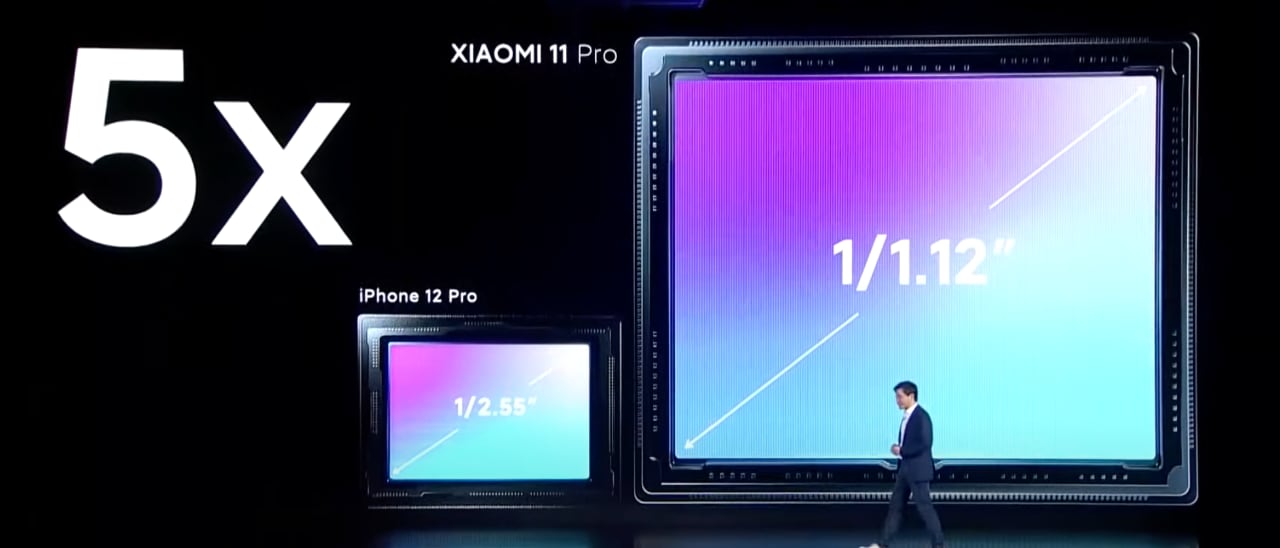
Smartphone camera matrices are already approaching inch dimensions - the ISOCELL GN2 matrix installed in Mi 11 Ultra has a 1 / 1.12 "form factor, which is already comparable to the dimensions of an inch sensor 36 × 24 mm. The paradox of the situation is that the matrix manufacturer is .. Samsung, which never uses it (so far) in its smartphones. The reasons for this situation can only be guessed at, during the presentation it was said that Xiaomi had invested $ 200 million in the development of this matrix. Although it would be logical for Samsung to be the most advanced leave the technology first for yourself, and only then sell it on the free market, but, apparently, Xiaomi had to meet halfway.
The results were not long in coming: Xiaomi Mi 11 Ultra immediately topped the DxOMark ranking . Each of the 50 million pixels is 1.4μm in size. GN2 adopts Dual Pixel Pro technology to enable faster focusing. Each pixel is divided into two LEDs not vertically, but diagonally (whatever that means). Xiaomi did not hesitate to use a piece of Samsung video explaining the technology in its presentation .
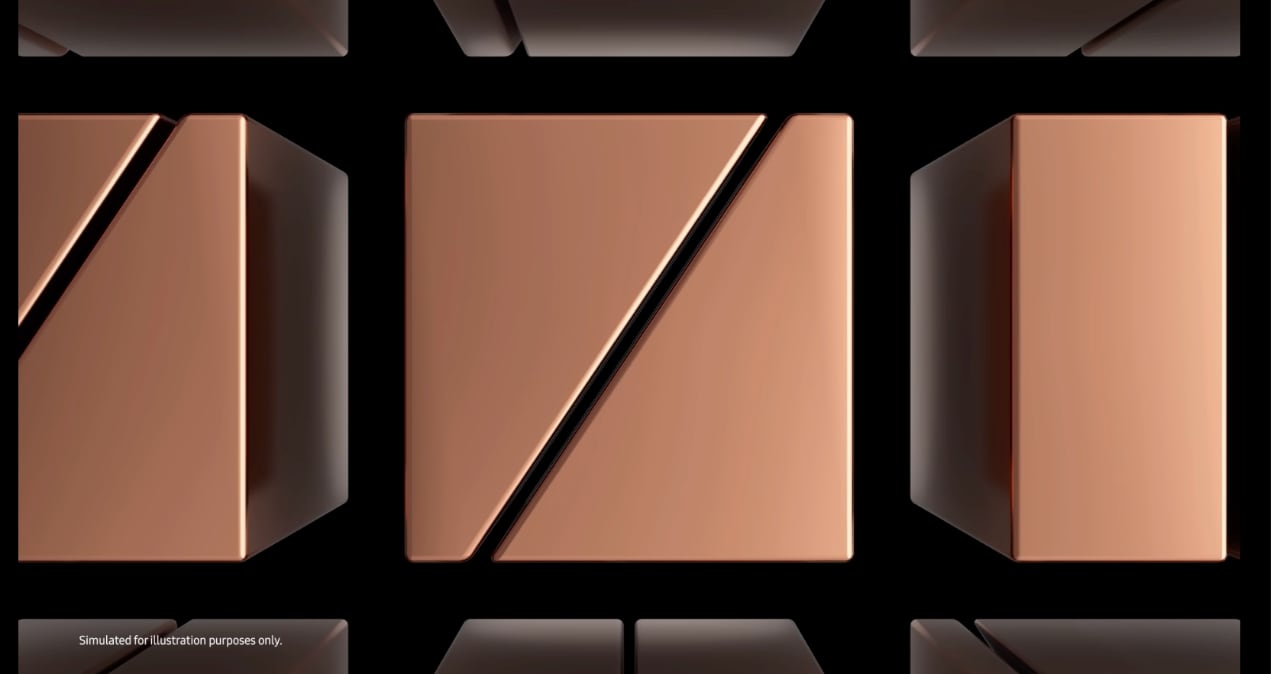
Among other things, video recording at a speed of up to 1920 frames per second became available (previously, the record for phone cameras was 960 frames per second). True, it is still necessary to clarify in what resolution the shooting takes place at such a speed.
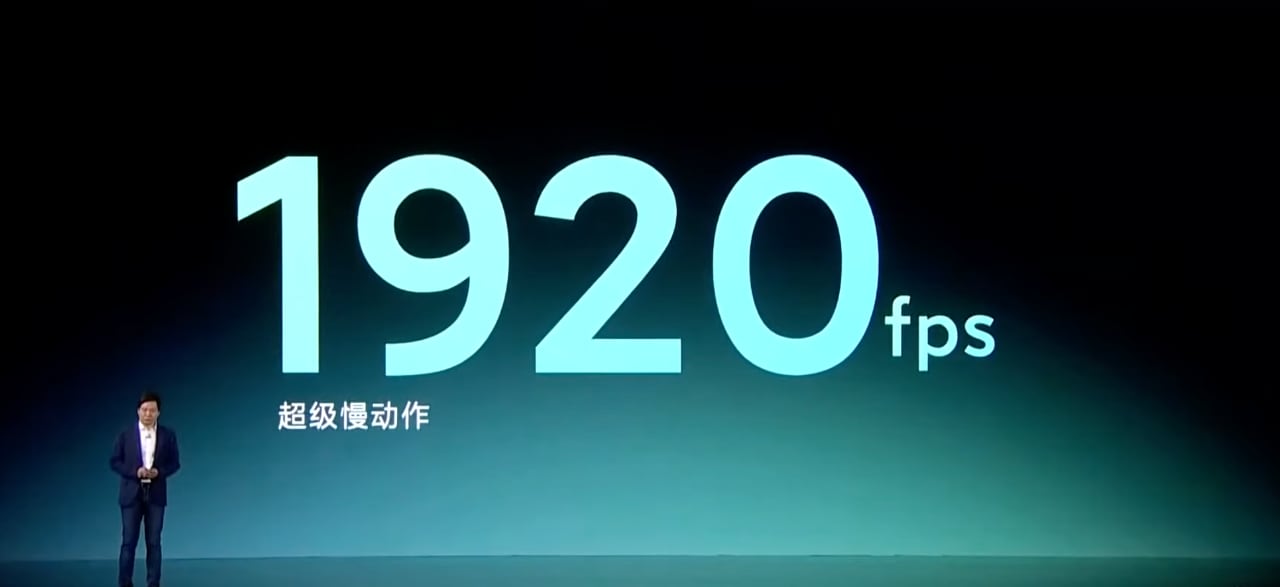
Reason two: fast charging in 36 minutes (including wireless)
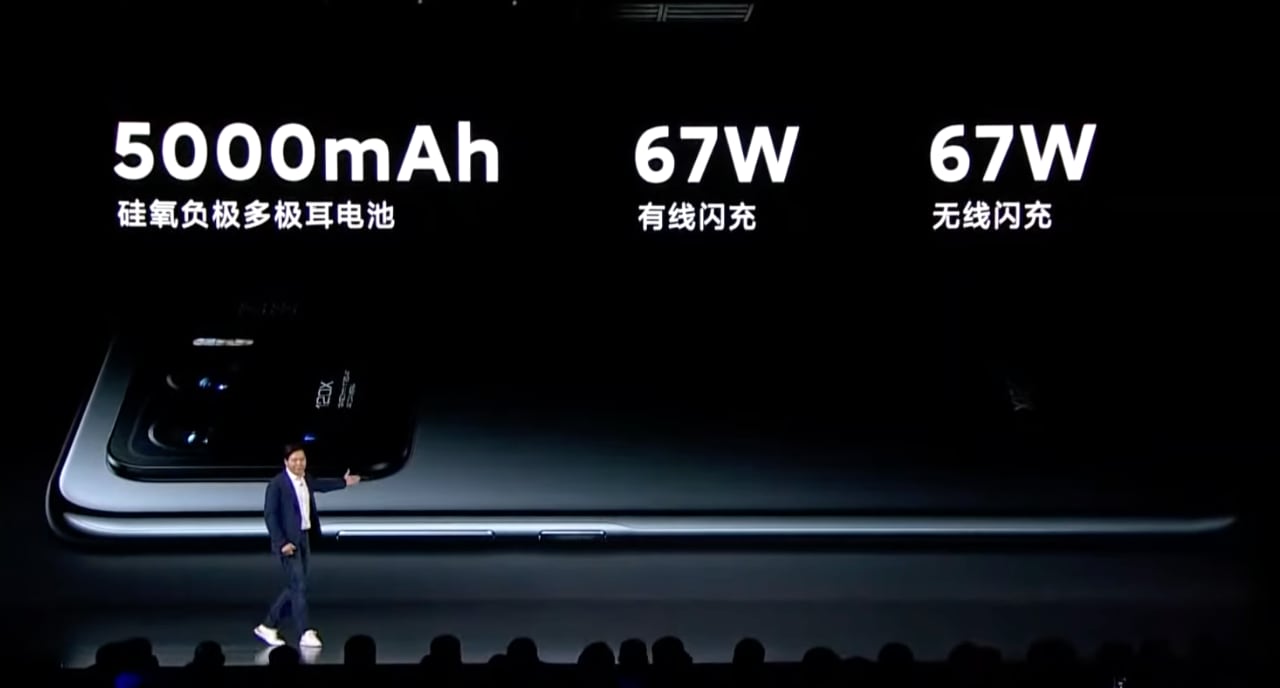
Charging power of 67 watts allows you to charge your smartphone in 36 minutes. The most interesting thing is that this also applies to wireless charging (which was always twice as slow as wired, it was voiced here for 39 minutes). One can only guess how much this will affect the wear of the battery, but Xiaomi is talking about using a new generation of batteries - silicon-oxygen anode batteries.

To finish off everyone, Xiaomi introduced another 80-watt vertical wireless charging stand. However, its deliveries will be delayed for now.
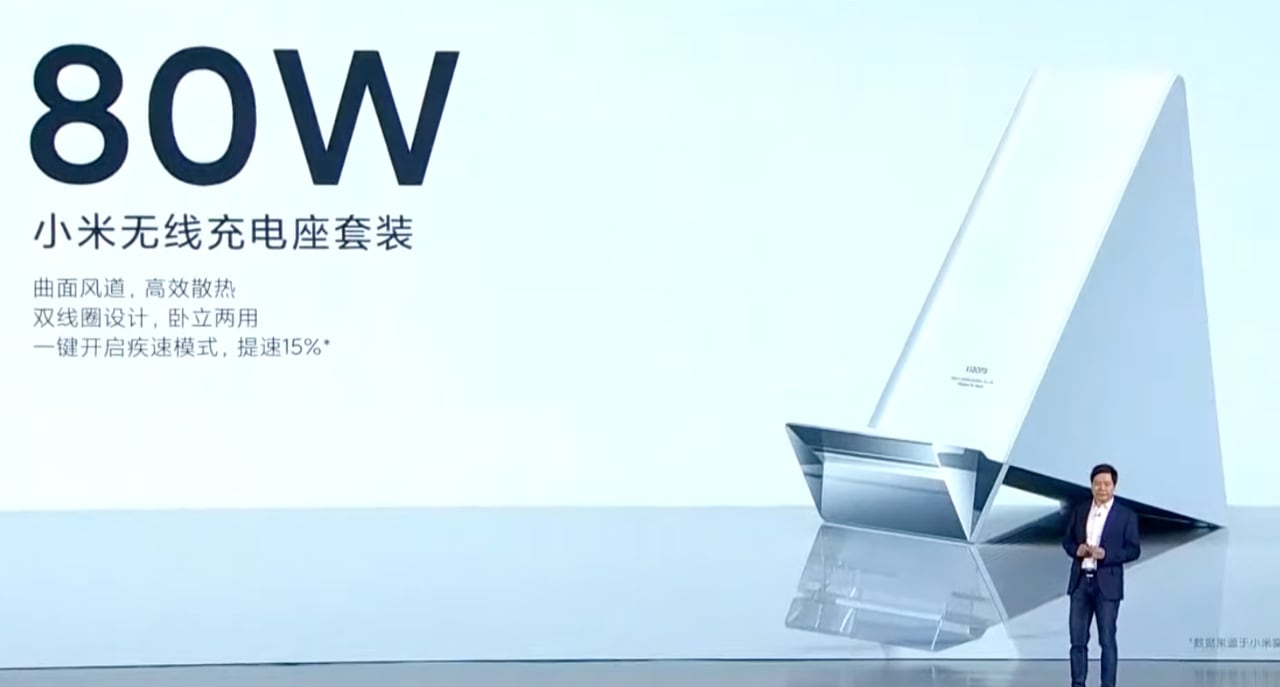
Reason three: 120Hz display with Dolby Vision
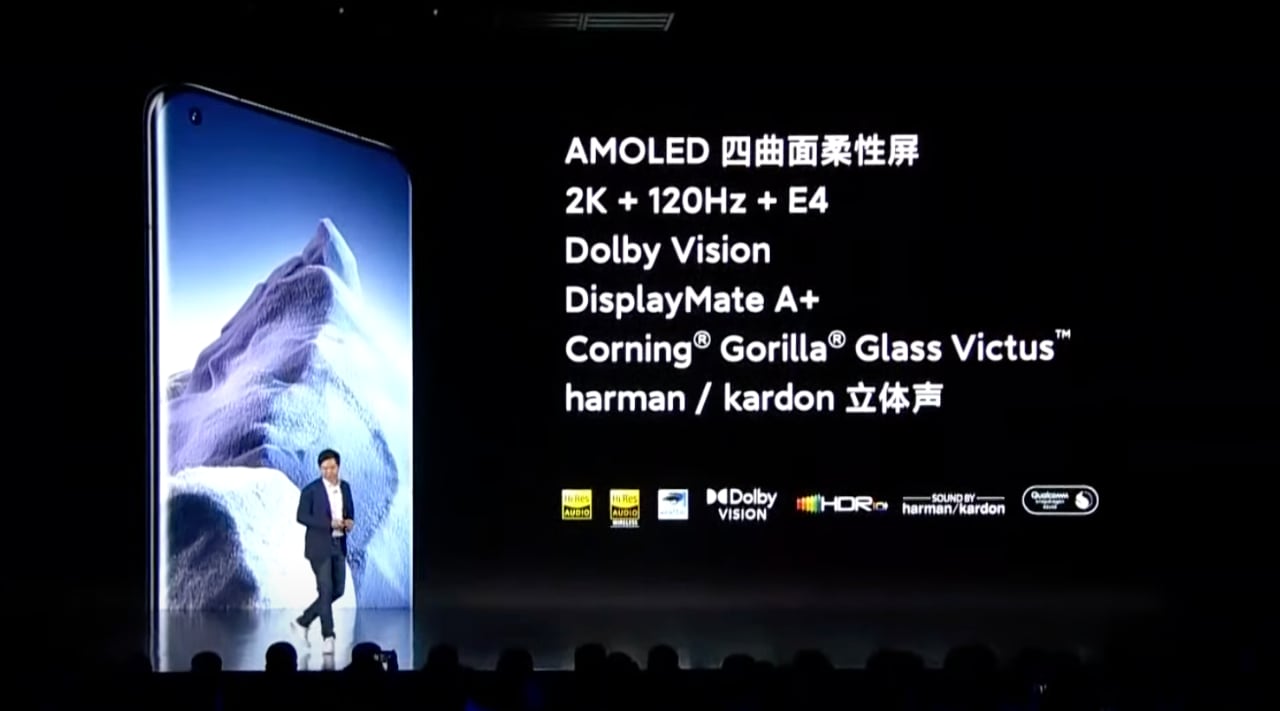
Of course, the resolution of 3200x1440 won't surprise anyone, the Gorilla Victus coating is also already used in smartphones (the first was the Galaxy Note 20 Ultra), as well as a 120-Hz display. But Dolby Vision was introduced in smartphones for the first time. I am far from thinking that this will greatly affect the perception of the picture (at least it’s hard to believe that the difference can be seen by eye), but the psychological moment with world leadership is evident. Here you can also add a second display, which is more of an image function than a utilitarian one. There is not much sense in it, but it favorably distinguishes the smartphone, making it recognizable from a distance of three meters (as a rule, introduced by Motorola in the days when it was the leader in phone design). Ideologically, this second screen carries the same load as the second screen on the Galaxy Z Flip. That is, it displays messages
King's retinue
In addition to the Mi 11 Ultra , Xiaomi has introduced several more important new products, you can read more in separate news prepared by the gg team :
- Mi 11 Pro (will not be sold in our market)
- Mi 11 Lite and Mi 11 Lite 5G ( prices in Ukraine have already been announced )
- Xiaomi Mi Smart Projector 2 Pro (the prospects for the appearance with us are still unclear)
- Xiaomi Mi Band 6 : a new version of the most popular fitness bracelet (there will be another version with NFC)
- Xiaomi Mi AX9000: Wi-Fi 6 Gaming Router
In the dry residue
The smartphone market is undergoing tectonic changes that are reshaping the landscape and displacing old leaders. Chinese companies are exerting incredible pressure today to control the lion's share of the smartphone market. On the heels of Xiaomi are vivo and OPPO, as well as Huawei, which is not planning to give up. We have already seen a similar picture once, when two decades ago, Korean dragons - Samsung and LG went on a crusade (and won) against Japanese companies - primarily Sony and Panasonic (as well as Toshiba, Hitachi, Sharp and others). Japanese companies had no chance of winning this consumer war because Korean companies were more aggressive in everything - advertising, technology, and (perhaps most importantly) pricing. We are already living in a decade of Chinese companies, and their pressure on the market and their presence in our lives will only increase. The Xiaomi Mi 11 Ultra will certainly go down in history as one of the key milestones in this process.
The king is dead! Long live the king!









